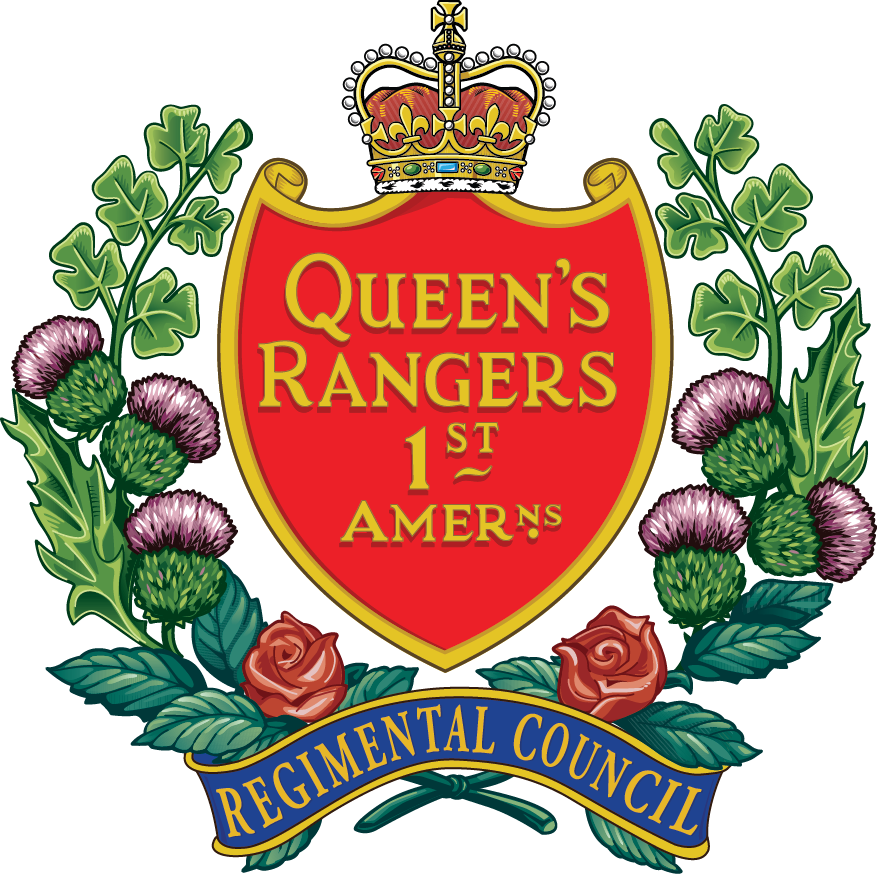Regimental Dining
/For the uninitiated, the term “mess dinner” may be confusing. Why would anyone choose to eat in a mess? Do people not clean up after themselves anymore? Are military people that untidy? The mystery lies in the word “mess”. In military circles, a mess is a group, which dines together, a club. The word “mess” comes to us through Old French from the Latin missus, – a course of a meal.
All military members belong to messes. Which mess they belong to is based upon whether they are officers and what their rank may be. Officers always mess together in the Officers’ Mess (warships are an exception, the Captain may dine with his officers but he does not belong to the mess – called a Wardroom on board). Senior non-commissioned officers (NCOs) likewise belong to the Warrant Officers’ and Sergeants’ Mess (Chiefs’ and Petty Officers’ Mess on board). The remaining soldiers, sailors and aircrew belong to the Junior Ranks Mess.
The highest ranker in each mess is President. In a regimental officers’ mess it is the commanding officer; it is “his” mess. Likewise, the regimental sergeant major has his own mess. In good military fashion, each mess has an appointed individual who runs that mess on behalf of the senior member. This person is the President of the Mess Committee (PMC). The PMC is responsible for all aspects of the functioning of his or her mess from cleanliness to maintenance to keeping the bar properly stocked. Duties are many; but the one duty, which strikes terror into the hearts of most PMCs, is conducting the dreaded mess dinner!
A mess dinner is a highly formal affair. Attire is military mess dress (commonly referred to as mess kit), black tie for civilian gentlemen and gowns for the ladies. However, before going any further I must tell you that every mess, every unit, every country and every era has its own variations on what constitutes a proper mess dinner. When I was a young subaltern, regimental dinners were so highly structured and immutable that had Her Majesty Queen Victoria returned from the grave to appear at the head table, she would have found nothing amiss. Some units continue the old traditions; many have made minor modifications.
Back to the dinner. Attendees should always strive to arrive early and to congregate in the bar or the lounge for refreshments. Normally, the PMC will have a sherry table available. A piper or trumpeter will usually announce a 15 min warning and then a five-minute warning. This is more than mere entertainment. Since no one may rise from the table during the dinner, the warning allows people to visit the restrooms. At the appointed hour, the PMC will whisper a word in the President’s ear and he or she will lead everyone to the dining table. All will stand in anticipation of grace after which dinner may begin. Dinner can vary but the format is ever the same: the meal, the loyal toast (always offered by the junior member of the mess), other toasts to guests and regiments. All retire to the lounge.
Here is where we begin to wander off the traditional path. Depending on the mess, the branch of service or even the circumstance, the dinner may take on a variety of formats. I have been at dinners with members of the royal family where hundreds of thousands of dollars worth of silver adorned the table; likewise I have been at dinners where we used flatware and paper plates. It matters not at all. Some messes do not toast their own regiment in their home garrison; some messes allow toasting with water; some messes allow for a restroom break before the toasts; some allow speeches, and on it goes.
So, whether you are dining with a cavalry regiment like ours, a ships’ company or an air squadron the key is to inform yourself of that unit’s customs and traditions. Mess dinners can be sober, staid affairs or rollicking boisterous circus events. The PMC is the one who decides so if in doubt about what to expect, it is best to ask so that you may be properly prepared to join in the fun.
Bon appetit!

